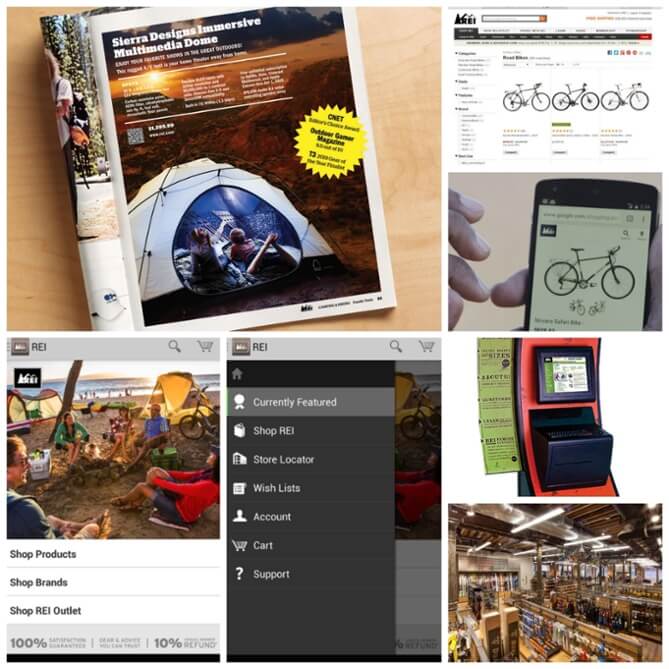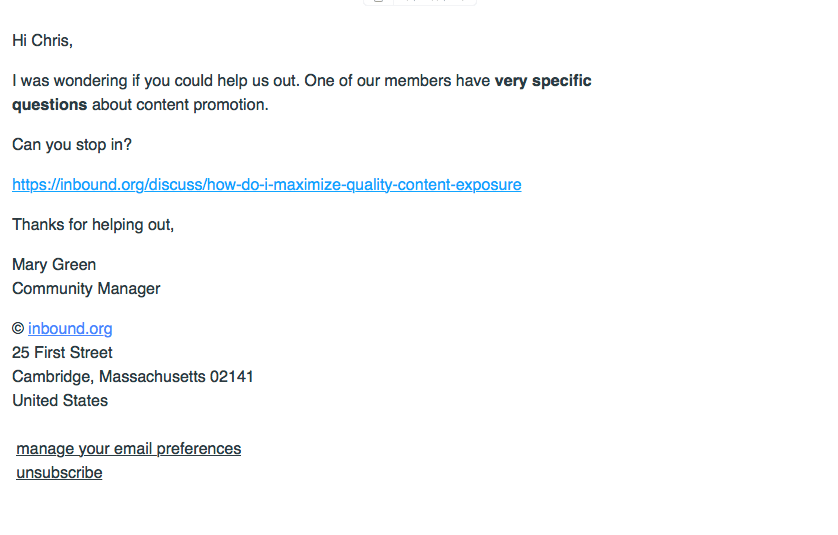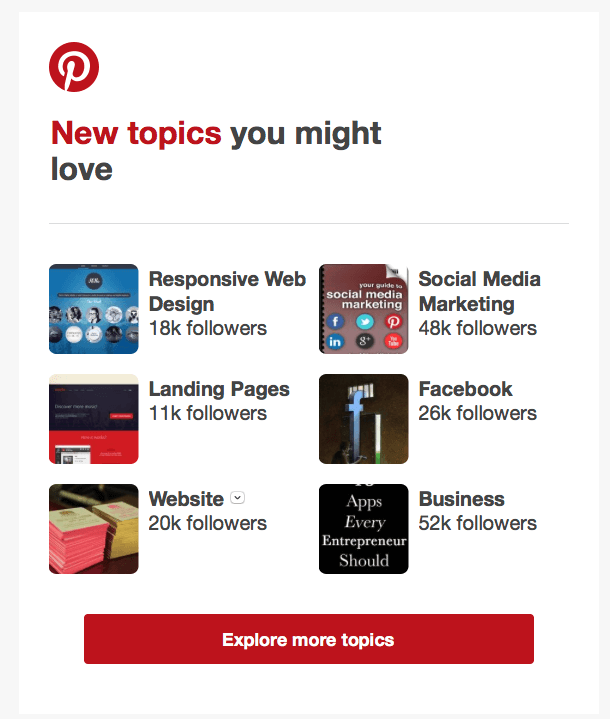5 Tips for Omnichannel Marketing Success
Many online retailers already participate in omnichannel marketing, using social media, email and shopping networks to reach their audience, I’ll cover 5 tips to help you make it a marketing success.
![]()
The world of marketing is changing, shifting away from generic mediums while moving towards greater personalized channels. This has spawned a new marketing technique known as “omnichannel.”
To learn more about omnichannel marketing and how it can be used to promote your business’s products and/or services effectively, keep reading.
Omnichannel Marketing Defined
Omnichannel marketing refers to marketing and other promotional efforts that are done on multiple channels. In the past, consumers were generally restricted to seeing their brands in just a few different places, such as the store, paper advertisements and TV commercials. But today, consumers can engage with their favorite brands on social media, mobile applications, catalogs, physical stores, and more. The culmination of marketing on these mediums is referred to as omnichannel marketing.
There are several benefits associated with omnichannel marketing, one of which is the ability to reach a larger audience. Regardless of what exactly your business sells or offers, you’ll need a strong audience in order to succeed. Omnichannel marketing can help you reach this audience by placing your brand in front of more people.
According to a study cited by AdWeek, 70% of companies surveyed said omnichannel marketing was “very important/critical.”
Omnichannel Marketing Tips
- Collect data through multiple channels. Whether it’s Facebook, your website, blog, store, etc., try to get into the habit of collecting the email address of prospective customers and clients. Once you’ve harvested a sizable list of email addresses, you can use them a new marketing tool.
- Use consistent brand imagery. Business owners should also use the same or very similar brand elements across their marketing channels. Using one logo on social media and a different logo in your catalog may lead to some confusion among your audience – and this confusion may discourage prospects from taking action.

- Personalize your approach with each channel. While it’s recommended that use the same brand imagery across all marketing channels, you should still personalize your approach with these channels. Each channel’s audience is different; therefore, you should approach your marketing and branding efforts differently.
Inbound.org is doing a great job with their personalized emails; for instance when I received this email I felt a little guilty that I hadn’t been joining in on the conversations lately and clicked to check out the question.

Pinterest also knows me pretty well and consistently recommends new pages that it knows I’ll love.

- Use a consistent brand voice. How do you want your audience to perceive your brand? You’ll need to use the right voice to convey this information.
- Monitor and track audience engagement. Some marketing channels will obviously prove more effective at generating sales and conversions than others. The only way you’ll know which ones work and which ones don’t, however, is by tracking audience engagement.
Omnichannel marketing may be one of the hottest buzzwords right now, but chances are; if you sell online you’ve been actively participating in this online tactic and hopefully these tips will allow you to bring your overall strategy together effectively.